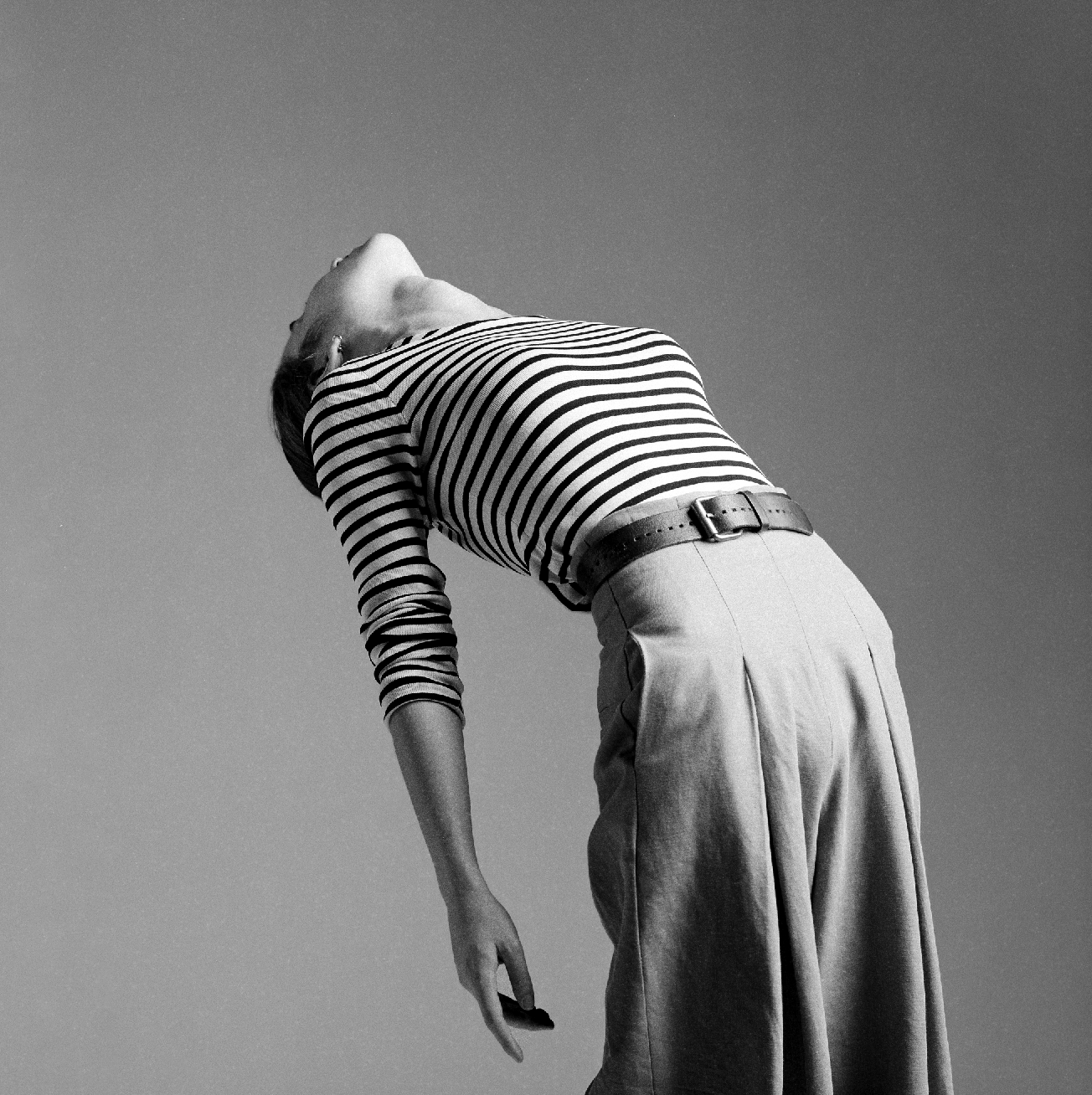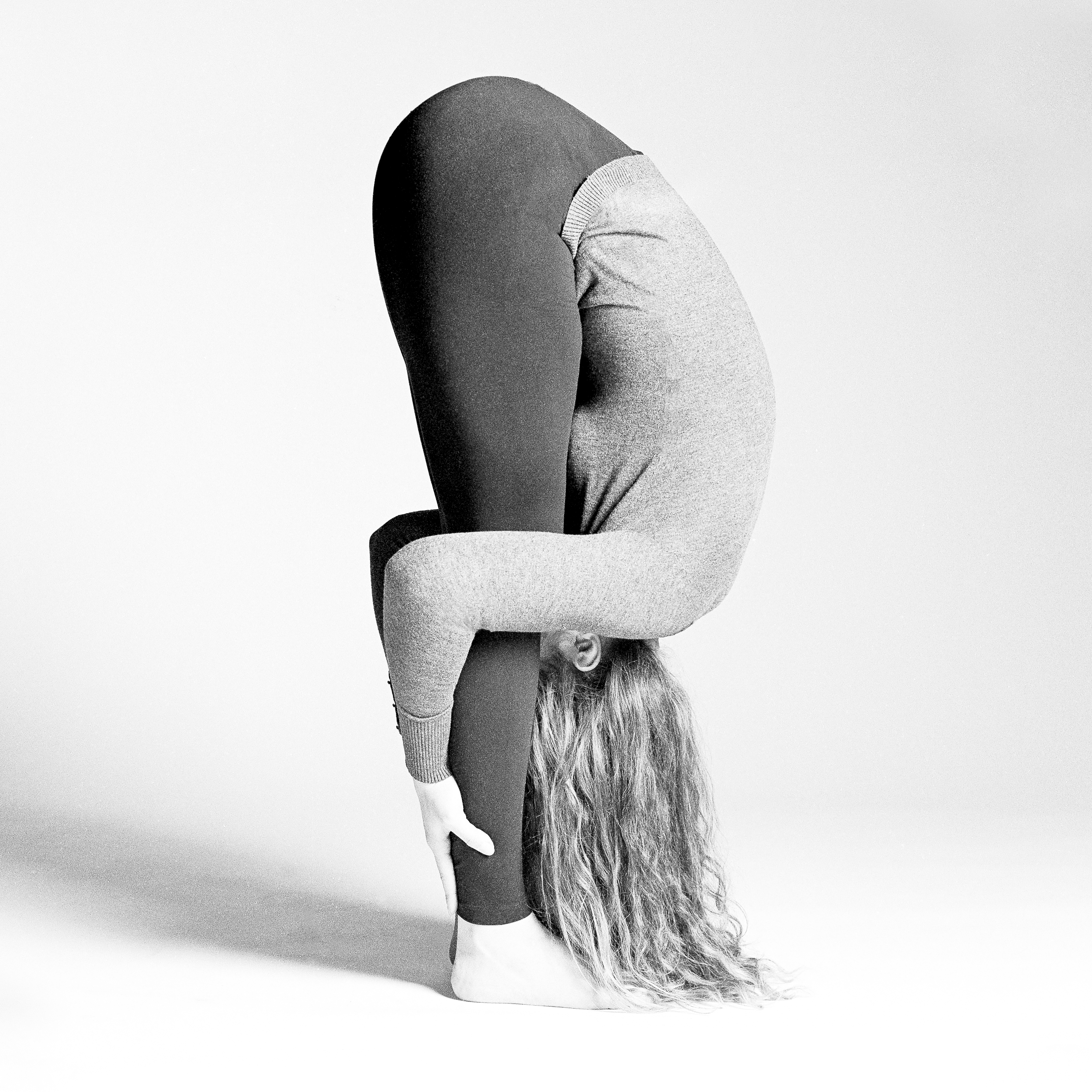Before I start speaking about my experiences shoot medium format film for the first time, I would like to first and foremost state that I will be posting on here regularly from here on out. My break wasn't planned, nor was it my attention to leave for 3 months. But I'm ready now to share my findings and photographic experiences with you guys, so without further ado, let's talk about shooting medium format shall we?
First things first, I'll give you guys a little introduction about how shooting medium format came to be. For my Fiction class in Collage we got the assignment to re-create classic portraits from some of the masters in studio portraiture such as: Irving Penn, Richard Avedon, Robert Mapplethorpe and many, many more.
While I have much respect for the work that these masters in portraiture created, It felt just plain wrong to re-create some of their most iconic photos ever. So, while I still learned a whole lot about lighting from just looking and observing these iconic portraits, I've decided to give my own spin on the assignment. I didn't re-create anything, but created my own portraits with the things I've learned still freshly engraved in my mind.
SHOOTING MEDIUM FORMAT:
Shooting medium format didn't go as smooth, though. I think it's time for me to mention that I mainly worked on 2 different Hasselblad camera's for this assignment. Those being the iconic 500CM, and the 503CW. The first time trying to load the film in the film back is an experience I'll never forget. The first few times loading the film seemed inconvenient, but just as with everything, after a while It became second nature. Praise the lord for youtube tutorials, haha!
Even though loading the film was only the beginning of getting used to the Hasselblad camera's. I like to believe that they grew on me pretty quick. I loved the progress that goes into shooting film, not only medium format, but also 35mm and even large format (I'll make a post about shooting large format in the near future) For this assignment I've used the Hasselblads pretty bare bone, meaning just the waist level viewfinder, and an A12 film back.
Focusing wasn't as big of a problem as my teacher made it out to be, I would even argue that it was pretty easy mainly due to the big matt glass and magnifier. For film I used both kodak (T-max 100) and Ilford (FP4+) Which I liked both for very different reasons. T-max gave me this classic, contrasty look, while FP4+ gave me this clean (Flat?) image which I tweaked to my liking in both EPSON Scan and Photoshop.
THE RESULTS:
 Product (T-max 100)|time|agitation
-|-|-
Pre-wash (20° tap water)| 2:00| Constant agitation
T-Max Dev (1-4 dilution)| 7:50| Agitated every 60sec|
Stop bath (water)| 2:00| Constant agitation
Fix| 6:00| Agitated every 120 sec
Rinse| 20:00| Running tap water (20°)
Wetting agent| 1:00| /
Product (T-max 100)|time|agitation
-|-|-
Pre-wash (20° tap water)| 2:00| Constant agitation
T-Max Dev (1-4 dilution)| 7:50| Agitated every 60sec|
Stop bath (water)| 2:00| Constant agitation
Fix| 6:00| Agitated every 120 sec
Rinse| 20:00| Running tap water (20°)
Wetting agent| 1:00| /
 Product (Ilford FP4+)|time|agitation
-|-|-
Pre-wash (20° tap water)| 2:00| Constant agitation
ID-11 Dev (Stock)| 8:50| Agitated every 60sec|
Stop bath (water)| 2:00| Constant agitation
Fix| 6:00| Agitated every 120 sec
Rinse| 20:00| Running tap water (20°)
Wetting agent| 1:00| /
Product (Ilford FP4+)|time|agitation
-|-|-
Pre-wash (20° tap water)| 2:00| Constant agitation
ID-11 Dev (Stock)| 8:50| Agitated every 60sec|
Stop bath (water)| 2:00| Constant agitation
Fix| 6:00| Agitated every 120 sec
Rinse| 20:00| Running tap water (20°)
Wetting agent| 1:00| /
That concludes my post about my first experience on shooting medium format film, hope you liked it! :) If you have any questions or critiques, please do leave them in the comments below! I read all comments, and would appreciate feedback. You can also follow me on Instagram for more stuff like this! :)